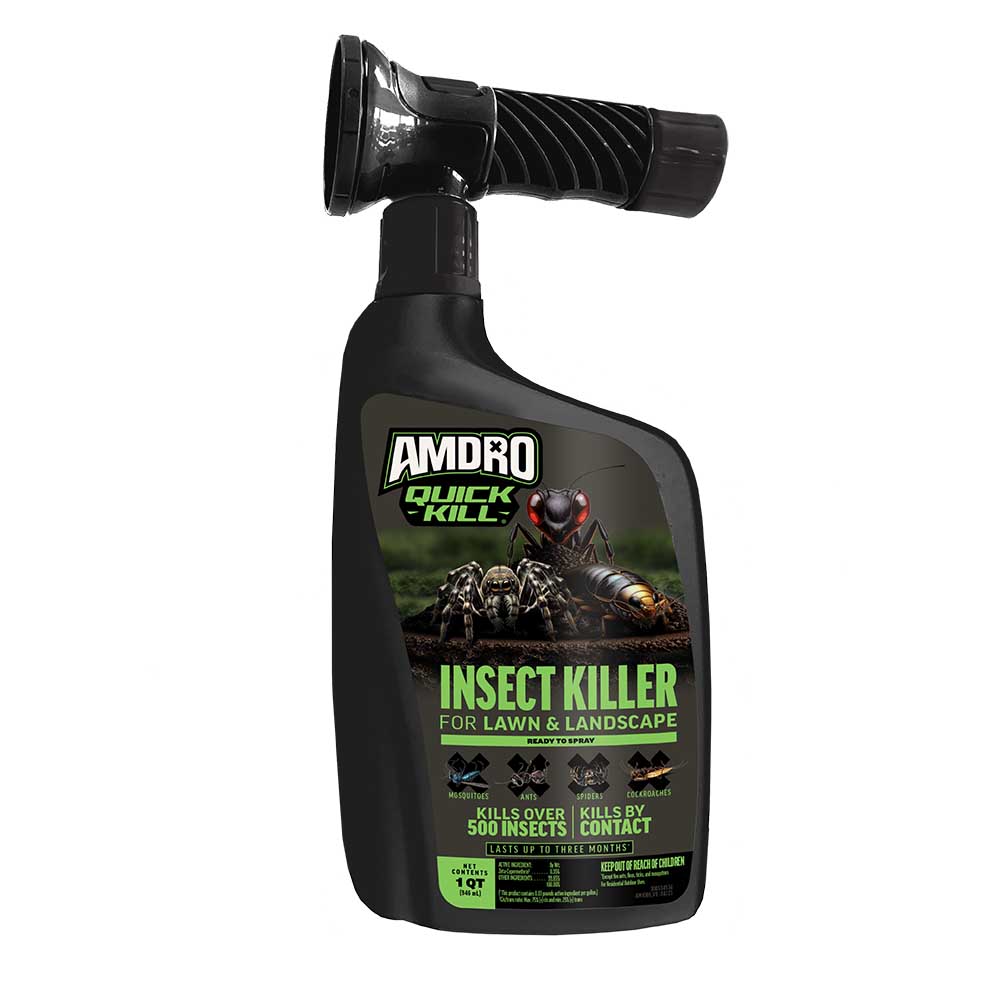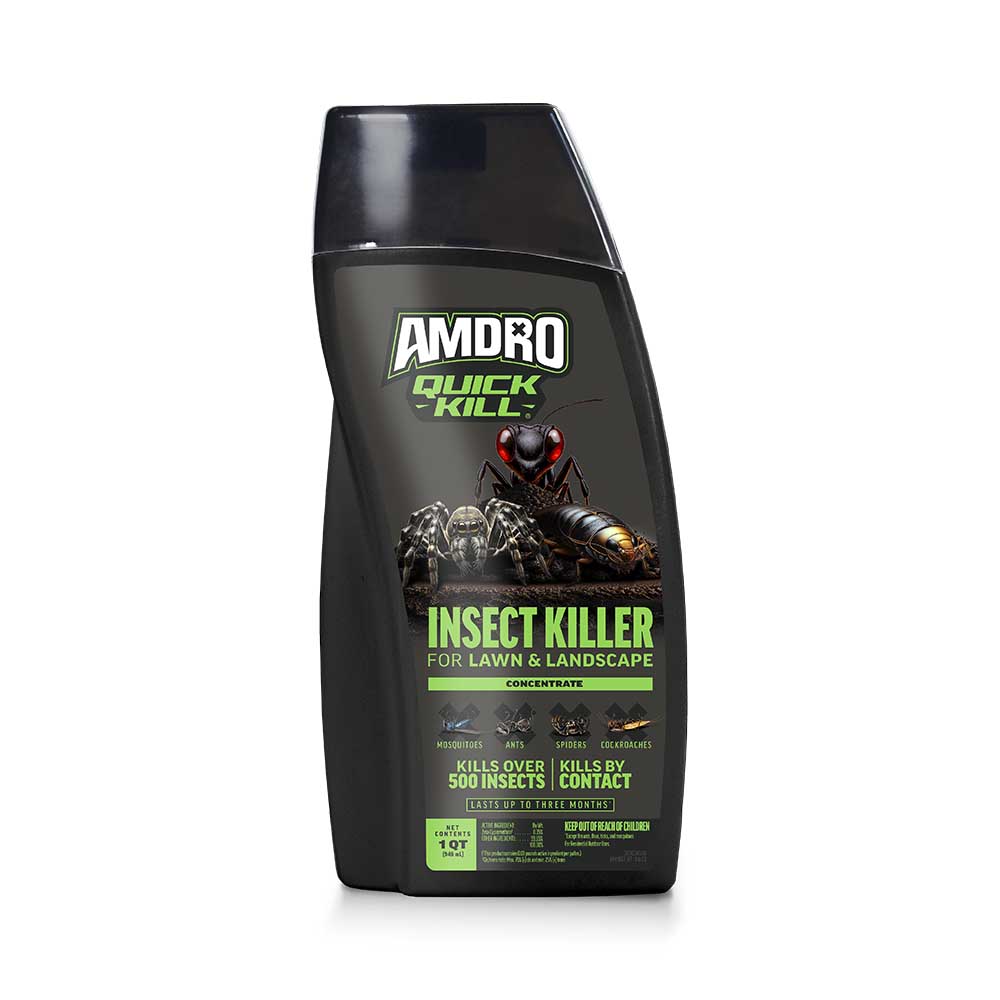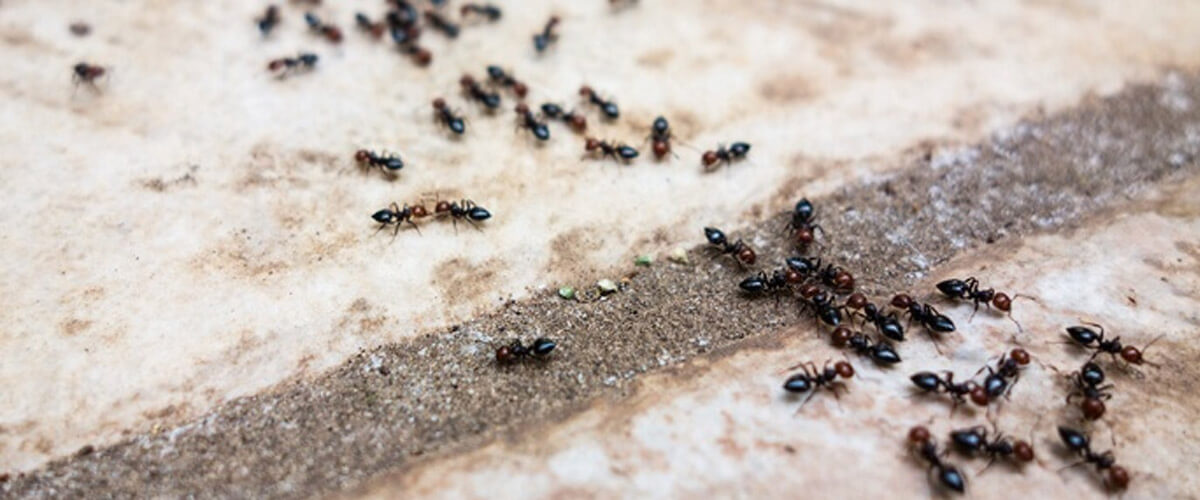Bagworms
BAGWORM IDENTIFICATION
Newly hatched bagworm larvae are barely visible to the naked eye, but these tiny pests do major damage. The black and tan larvae grow up to 2 inches long, feeding heavily on their host plants. As they mature, they construct silk-lined protective bags from tiny bits of leaves and twigs.
Partially encased in their bags, bagworm larvae feed until fall, when they anchor their bags to branches and pupate. Measuring 1.25 to 2 inches long, the camouflaged bags dangle like tiny pinecones on evergreen buds.
Adult male bagworms are hairy black moths with transparent wings that span about 1 inch. Adult female bagworms don't become moths. They become soft-bodied, grub-like pests. Like the larvae and pupae, adult females stay inside their bag — even during fall mating. Females lay hundreds of eggs, and adult bagworms die. Eggs overwinter in the bags to hatch in spring.
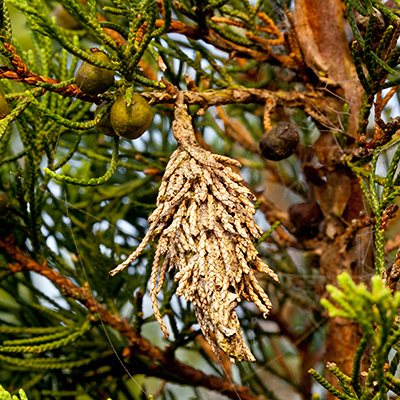
SIGNS OF BAGWORMS
Evergreen trees and shrubs, such as arborvitae and junipers, are frequent bagworm targets. The first signs of trouble are often weak, pale, evergreen leaves. Damaged foliage then turns brown. Branches are often completely stripped as the larvae feed over summer months. Severe infestations may weaken and kill the affected plant.
Bagworms often evade identification until their hanging bags and severe damage appear. By this time, the next generation may be on its way. Open a bag that contained a female bagworm, and you'll find the shell of the nearly black pupae and the waiting eggs.
HOW TO CONTROL BAGWORMS
Bagworms have just one generation per year. Eggs hatch in late spring, and larvae start feeding. Effective treatment requires targeting these small pests right after hatching — before they construct their protective bags. Amdro® brand offers two highly effective products to kill bagworms and protect your shrubs and trees from their damage:
- Amdro Quick Kill® Insect Killer for Lawn & Landscape Ready To Spray works in minutes to kill bagworms by contact, then it keeps working for up to three months. Just attach the container to a regular garden hose and it does the measuring and mixing for you. Spray affected shrubs and trees to the point of runoff.
- Amdro Quick Kill Insect Killer for Lawn & Landscape Concentrate, designed for use with a pump-style sprayer, comes with a convenient measuring cap. Dilute the product according to label instructions, then spray thoroughly to kill bagworms by contact. Your plants stay protected for up to three months.
BAGWORM CONTROL TIPS
Bagworm bags are easy to see on damaged evergreens. To help prevent new bagworms, remove and destroy the bags before eggs inside can hatch.
Always read product labels and follow the instructions carefully. Amdro and Amdro Quick Kill are registered trademarks of Central Garden & Pet Company.
Pest Gallery

Adult bagworm
Photo Credit: UGA5020089, Pennsylvania Department of Conservation and Natural Resources - Forestry , Bugwood.org
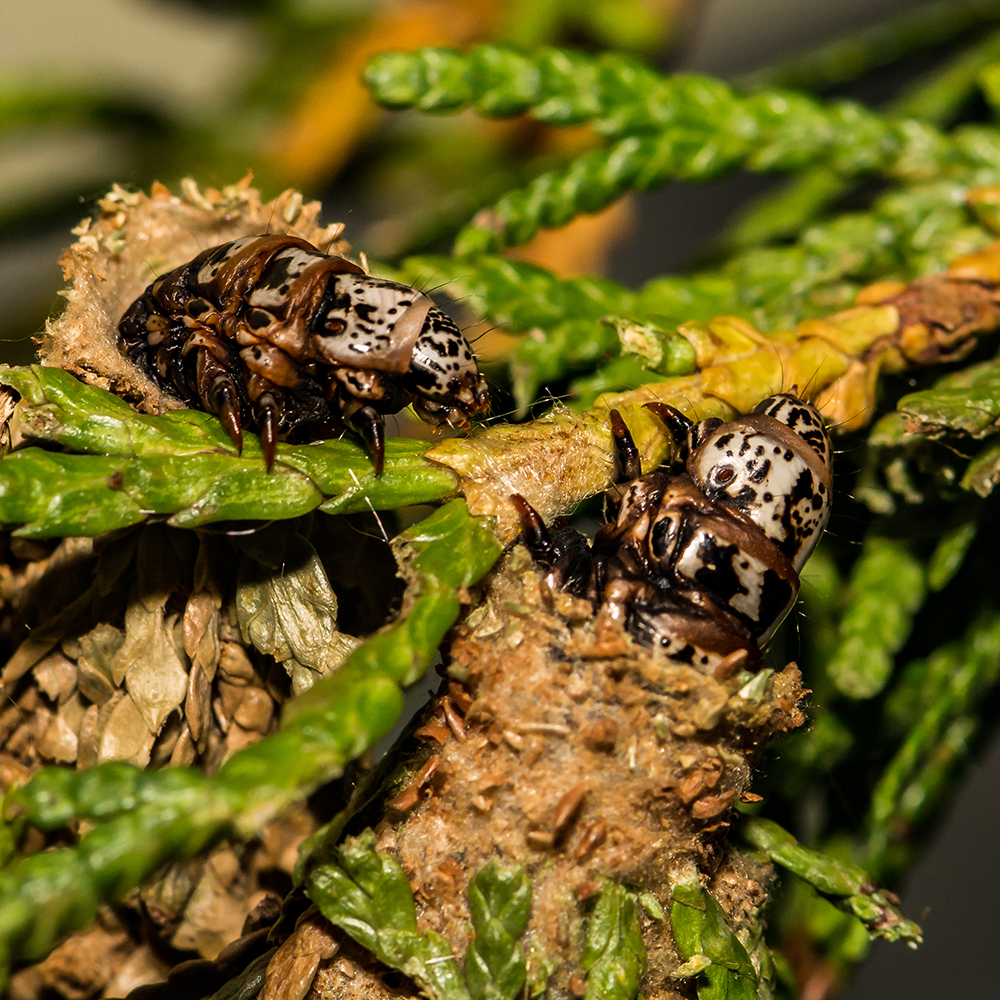
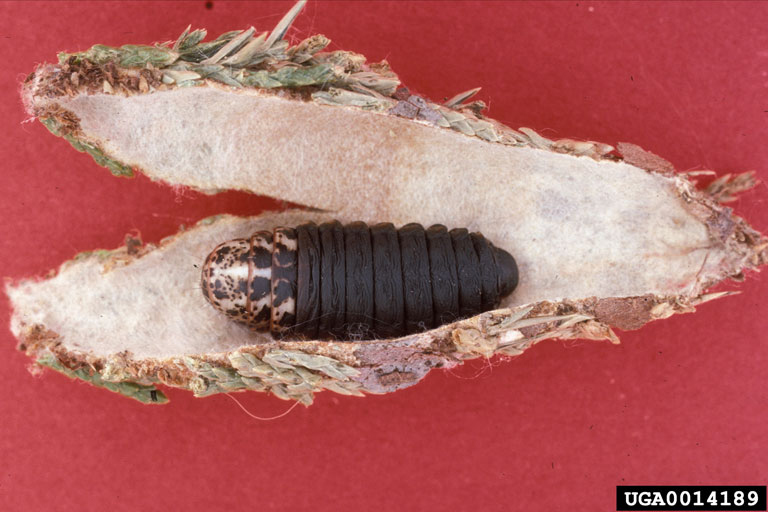
Bagworm pupa(e)
Photo credit: UGA0014189, Gerald J. Lenhard, Louisiana State University, Bugwood.org
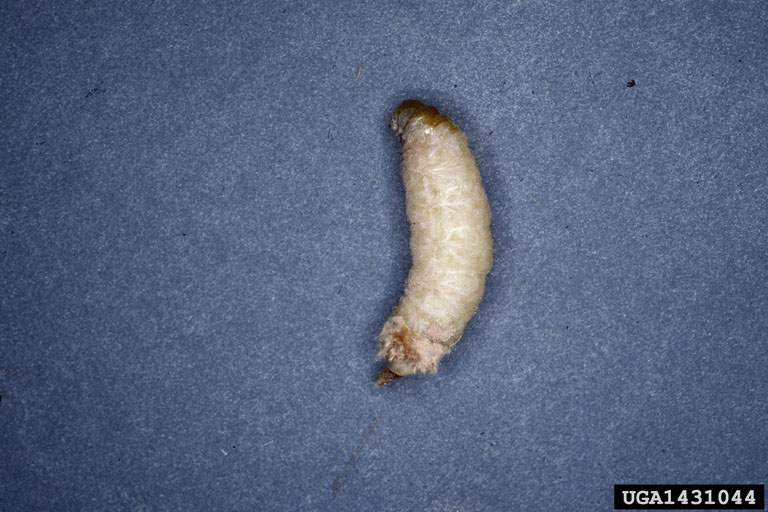
Wingless, grub like female moth
Photo Credit: UGA1431044, Lacy L. Hyche, Auburn University, Bugwood.org
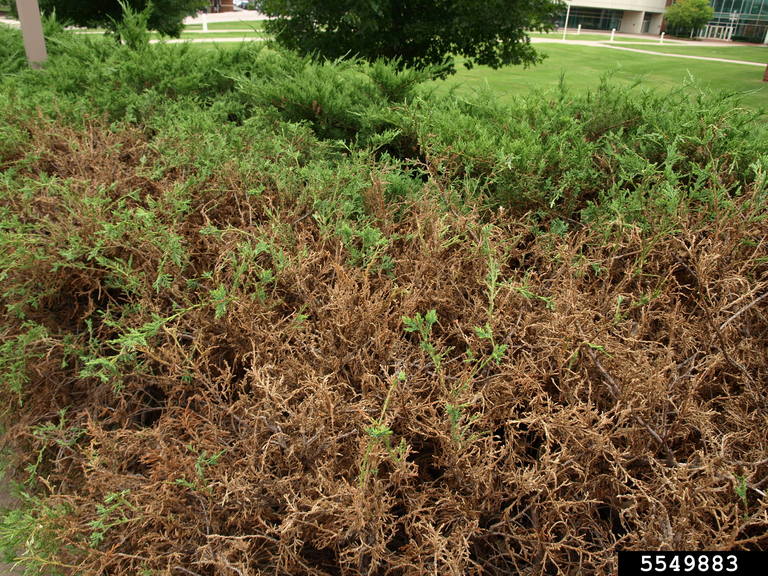
Bagworm field damage
Photo Credit: 5549883, Eric Rebek, FMC, Bugwood.org
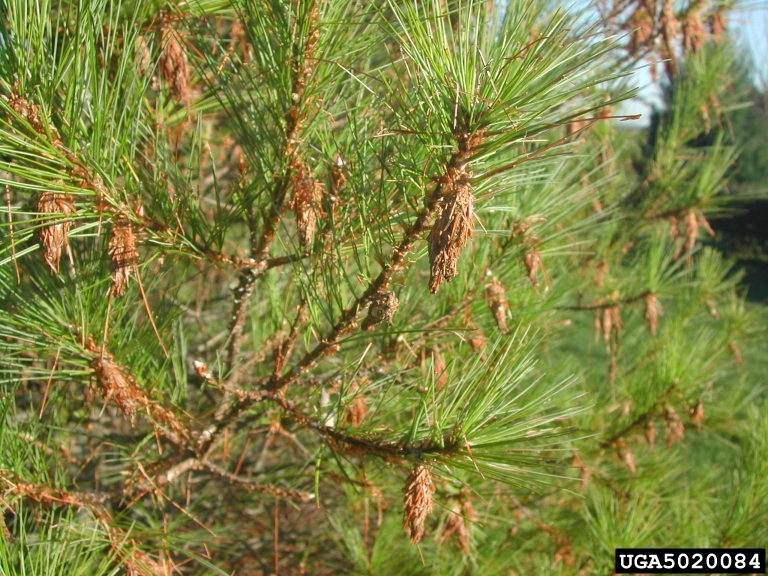
Bagworm infestation
Photo Credit: UGA5020084, Pennsylvania Department of Conservation and Natural Resources - Forestry , Bugwood.org
Is this not your insect?


